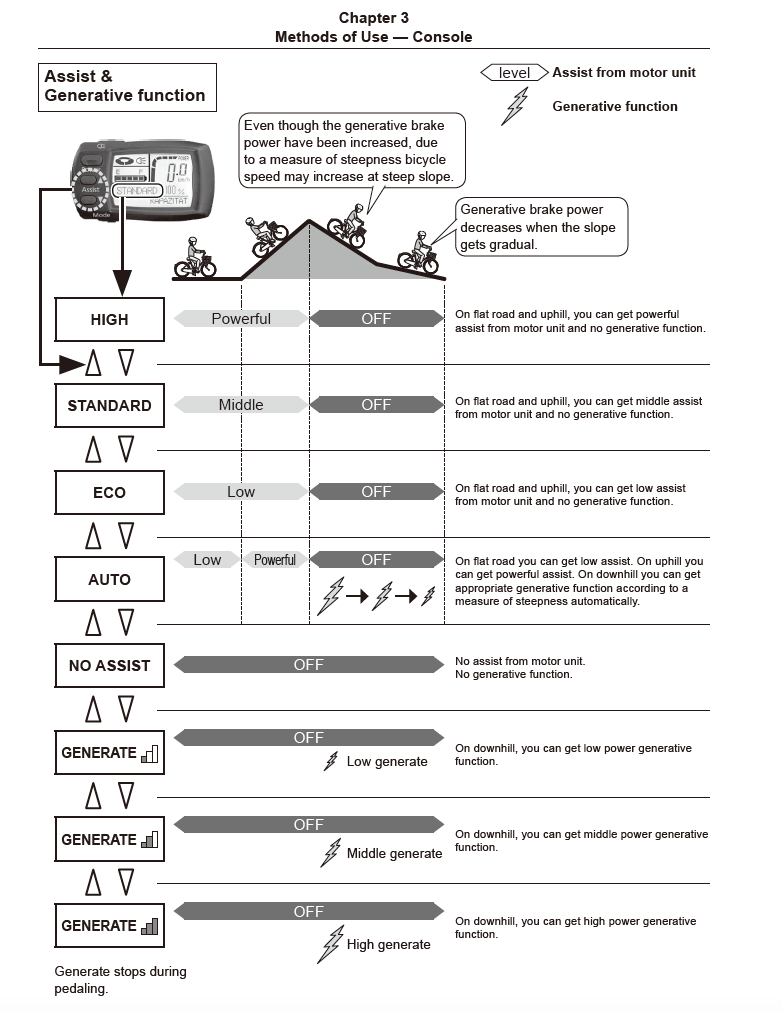On direct drive hub motors, even entry level models do they have regen when going down hill with the electric circuit live but the motor not being operated if not where does the power generated go?
If you lived at the top of a long steep hill and your destination was at the bottom of the hill would a fully charged battery be damaged by the regen and would not switching on the circuit prevent the battery from being over-charged, i.e. coasting down the hill.
If you lived at the top of a long steep hill and your destination was at the bottom of the hill would a fully charged battery be damaged by the regen and would not switching on the circuit prevent the battery from being over-charged, i.e. coasting down the hill.









